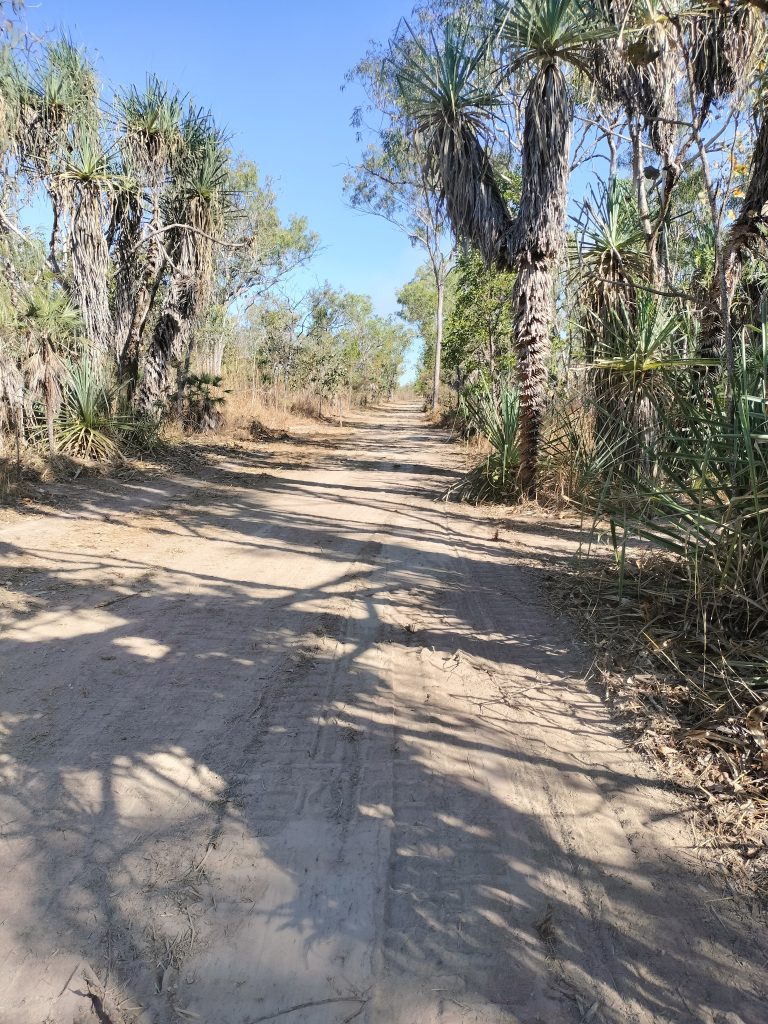WHAT ARE FIREBREAKS AND WHY ARE THEY NECESSARY
Firebreaks are required within the perimeter of your property and around your house/permanent structures etc.
Firebreaks are legally required under the Fire and Emergency Act 1996 and the Bushfires Management Act 2016, and must be maintained where accessible all year round, and must be installed by the 1st of June every year.
Firebreaks must be free of vegetation and be no higher than 50mm with at least 4m width.
Gamba grass must be controlled on all properties.
If you are in an ERA area, firebreaks must be 8m wide around dwellings and buildings, instead of the 4m.
How are Firebreaks Created?
Building a firebreaks usually requires the use of a slasher or cutter. A slasher is a type of land clearing equipment that attaches to a skid steer. It can quickly slash grass, weeds, scrubs, bushes, small trees to ground level, it can also trim over hanging trees.
We also use a bobcat on its on to clean up the firebreaks.
Call now to organize a quote and book in a day to have your firebreaks completed, call Bruce 0414755306
For more information on Firebreaks contact Bushfires NT 89220844
